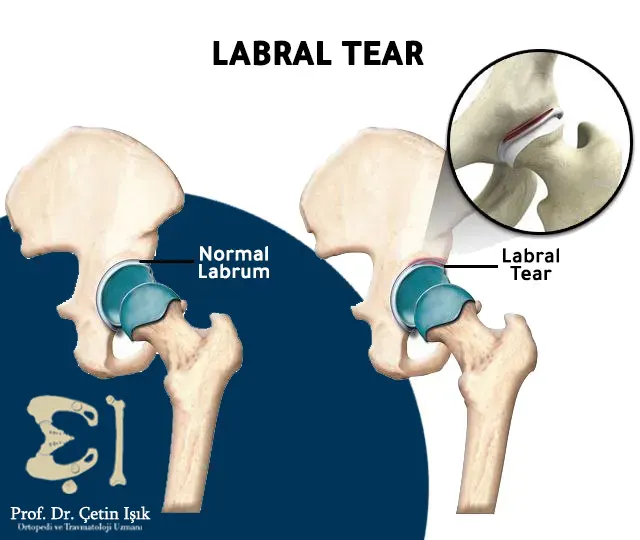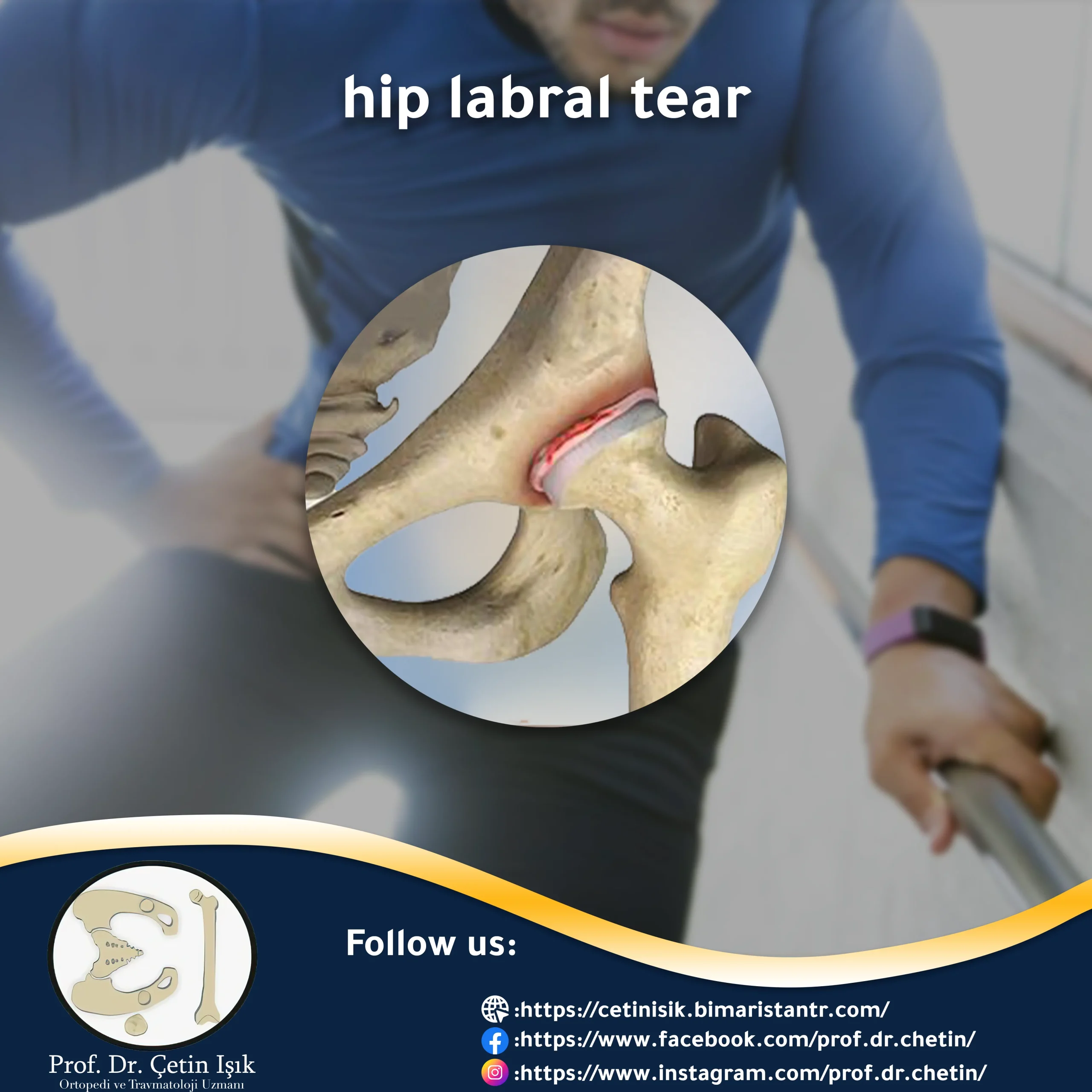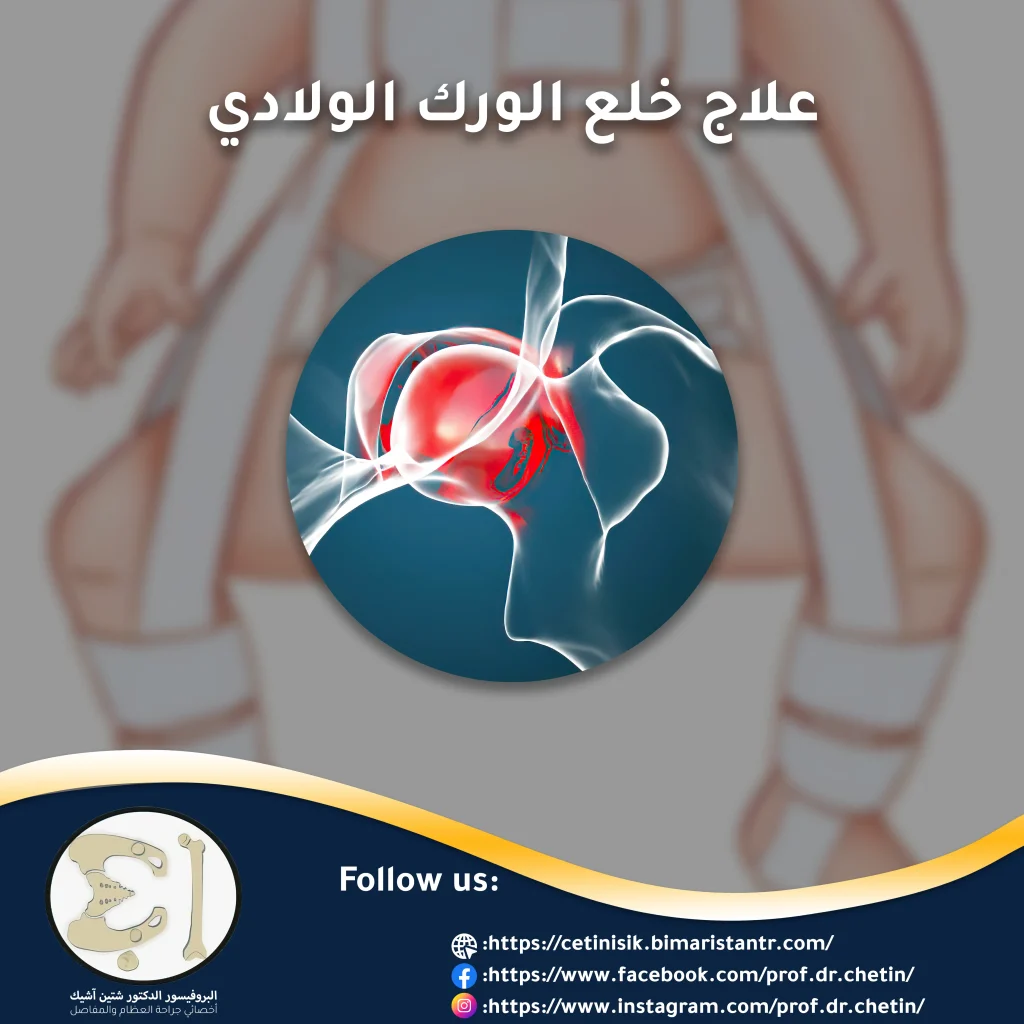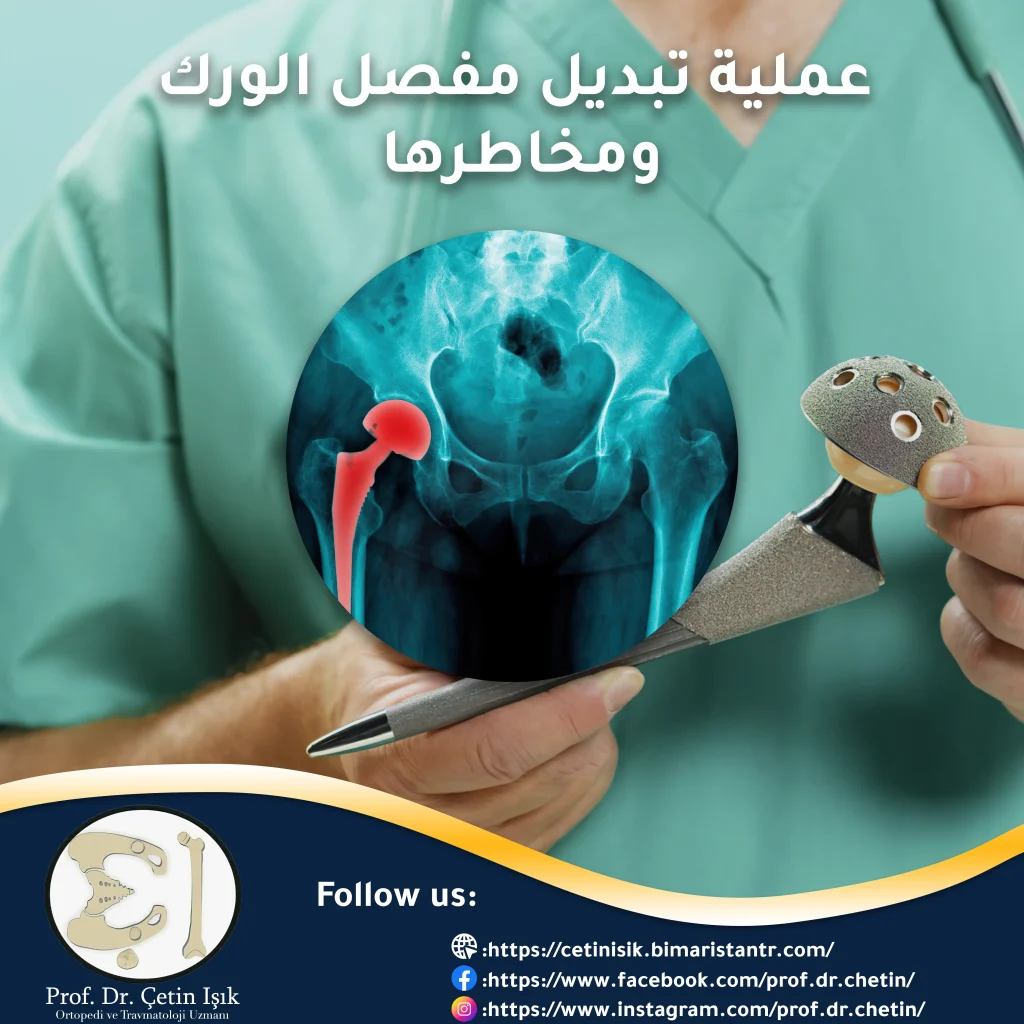Tear of the sciatic labrum is a common injury that causes pain in the groin and other symptoms. Depending on the severity and location of the tear, it can be treated with various non-surgical methods or, in severe cases, with surgery.
Most people with a labral tear notice symptoms at the front of the hip or in the groin that appear gradually over the years due to repetitive use of the hip joint in high-impact sports or suddenly due to an acute injury. In this article, we will explain what a labrum tear is, normal lab function, what causes labral tears, and the most important accompanying symptoms and doctors’ methods of diagnosing and treating a tear.
What is a hip labral tear?
sciatic labrum rupture or acetabulum rupture A hip labral tear is an injury to the labrum of the hip in which the head of the femur is located. It causes damage or wear and tear due to structural or degenerative problems and overuse of the hip joint. It causes pain in the anterior aspect of the hip or thigh and less commonly, in the buttock.
Anyone can suffer from a rupture of the sciatic labrum, with women being more likely to be affected than men, as the age of affected people ranges from 8 to 75 years, and given this large age range, doctors have not yet settled on the role that age plays in causing the rupture. Still, it certainly affects the recovery stage and recovery after surgery.

Normal hip labrum
The acetabular labrum is a fibrocartilaginous ring that surrounds the outer edge of the hip socket (acetabulum). It has an important role in:
- Fixation of the femoral head within the acetabulum, as it connects the ball and socket without them touching
- Deepening of the joint and increasing the surface area of the acetabulum cavity by 21%
- Allowing a great range of motion without bone friction
- It acts as a shock absorber and helps maintain joint fluid within the capsule
- Even pressure distribution
Types of hip labral tear
Doctors usually classify hip labral tears according to their location, due to the different treatment methods, into:
- Anterior hip labral tear: It occurs in the front of the hip and is the most common, as the front part lacks blood vessels, which makes it more susceptible to injury
- Posterior hip labrum tear: less common and associated with movements that put pressure on the posterior part of the hip, such as repetitive squats
Causes of hip labral tear
Anyone can suffer from a hip labral tear; however, there are several causes identified by doctors that cause the injury, which are:
- Femorofemoral impingement (hip impingement): Hip impingement occurs when the ball or socket of the joint overgrows into the bones, causing abnormal alignment between them. People with this condition experience pain and reduced mobility of the hip.
- Degenerative health conditions: Chronic diseases such as: Osteoporosis and Osteoarthritis. The cartilage between the joints wears down and over time, becomes more prone to tearing.
- Deformities of the hip joint (hip dysplasia): a genetic condition in which the socket of the hip joint is shallow and cannot fully support the head of the femur, and over time it contributes to instability of the pelvis and increases pressure on the joint, causing a tear of the labrum.
- Capsular laxity: Capsular laxity develops when the hip is rotated repeatedly, which is what happens when playing sports such as golf, gymnastics, and baseball.
- Shocks: Car accidents, falls, or slips may cause lacerations, as in acute injuries when playing contact sports such as hockey and football, as well as small, unnoticeable shocks that accumulate over time, such as playing football.
Symptoms of hip labral tear
Doctors described the symptoms of a hip labral tear, which can vary according to the location and severity of the tear, as follows:
- Hip pain and stiffness, as the patient may feel pain in the thigh, buttocks, and even the knee
- A crackling sound in the hip area when moving, as if the upper part of the thigh bone is stuck inside the acetabular cavity, and this causes limited movement
- Feeling unsteady while standing on the feet for long periods of time, running, or walking
Diagnosis of hip labral tear
The doctor takes the patient's medical history and profession, and inquires about the onset of the pain, whether it was gradual or sudden, and then begins a physical examination to check the range of motion of the hip joint, determine the location of the pain, and check for signs of rupture of the hip labrum, such as swelling and inflammation.
The physical examination includes a common test for diagnosing a labral tear known as the FABER test. It is a test for induction of anterior hip pain associated with a labral tear, and includes the following steps:
- The patient lies on his back with his legs extended
- The doctor places the tested leg on the opposite side with the knee bent and the ankle placed over the opposite knee
- The doctor applies gentle pressure (external force) to the knee of the bent leg

If the patient feels pain in the thigh muscle or the hip joint, this indicates a problem in the joint with the possibility of rupture of the hip labrum.
The doctor may also need to perform diagnostic tests that rule out any other diseases or injuries causing the hip pain. like:
Diagnostic injection: Doctors inject an anesthetic into the hip joint. If the pain disappears completely after the injection, this confirms that the source of the pain is the joint.
X-ray imaging: to check bone structure and look for skeletal dysplasias that cause hip pain and are associated with a labral tear.
MRI: MRI provides more detailed images of the soft tissues in and around the hip joint. This helps the doctor determine the location and severity of a sciatic labral tear. Tears can appear even if the patient has no symptoms.
Arthroscopy: Arthroscopy is a diagnostic and therapeutic surgical procedure for some cases of hip pain, including a labrum tear, by inserting a small camera (an endoscope) to look for damage within the hip.
Treatment of a hip labral tear
Usually, ruptures do not heal on their own, but rather require medical intervention to prevent Hip arthritis Control painful symptoms.
It is essential to find the underlying problem, if present, such as hip impingement or hip dysplasia, to treat both the causative disease and labral tear, and to ensure optimal results.
There are several treatment options available that can be used depending on the cause and severity of the condition, divided into conservative measures and surgery.
Non-surgical treatments for a hip labral tear
Small tears can sometimes be repaired with nonsurgical treatments, including the following:
Rest: Doctors recommend adequate rest and limited activity to relieve existing discomfort.
NSAIDs: Taking aspirin or ibuprofen for a limited time can reduce inflammation and pain from a hip labral tear.
Intra-articular injections: Doctors recommend injecting a local anesthetic fluid directly into the hip joint if previous measures fail to relieve pain, and corticosteroids can be added depending on the pain level.
Physiotherapy: Physiotherapy, under the supervision of a specialist, focuses on strengthening the buttocks and thighs to help improve the stability of the hip. However, the patient must consult a doctor before starting it. Physiotherapy is a safe option to manage the pain of the sciatic labrum rupture, but he needs caution and follow-up from an expert therapist.
Surgical treatment of a hip labral tear
Doctors recommend surgery to treat a sciatic labral tear if conservative measures fail to relieve symptoms within 10 to 12 weeks. The choice of operation depends on the severity of the labral tear.
Arthroscopic hip labral repair: It is a minimally invasive surgery, usually performed on an outpatient basis, where the doctor makes small incisions in the hip with precise tools and an endoscope and performs the following repairs:
- Reattachment or repair: The torn tissue is sewn together inside the hip joint
- Reconstruction: repairing damaged tissue using grafts from other parts of the body or from a donor
- Debridement: removal of a small damaged portion of labral tissue
Arthroscopic surgery cannot always be performed as skeletal deformities may cause difficulty in accessing the hip joint by arthroscopy. Then the doctor resorts to open surgeries.
Surgical hip dislocation: In this procedure, the surgeon makes an incision in the skin over the hip joint and then dislocates the femoral head from its socket to provide better access and thus a full view of the hip to repair any tears on the edge. The surgeon uses screws to hold the bones back. This surgery is performed in the most common problems Complicated and requiring complete labral reconstruction.
Hip replacement: If the damage to the joint is significant and causes severe pain, the person may need a total hip replacement, in which the ball and socket are removed from the joint and replaced with an artificial joint.
The time required for full recovery from a labral tear varies on many factors, including the type of damage associated with the injury, as well as the age of the patient.
It is necessary to make adjustments to the daily activities followed after the surgery, such as switching from high-impact sports such as running to lower-intensity sports such as cycling.
The injury of the hip labral tear is serious in terms of the necessary need for treatment, as it directly affects the quality of life for the patient, and the ruptures do not heal on their own. The condition must be followed up with the doctor to prevent a recurrence.
Sources:
Common questions
Conservative treatment such as resting the hip joint in pain, taking anti-inflammatories and injections may help relieve the symptoms of a labral tear, but in most cases the surgical option is the best.
The labrum is a ring of cartilage that surrounds the edge of the spherical acetabulum of the hip joint and has an important role in supporting and stabilizing the joint, preventing bone friction and shock absorption.
The femur is a component of the hip joint which consists of the pelvic bones (ilium, pubis, ischium) and the femoral head.
Labral tears do not self-heal and most often, treatment of a sciatic labral tear requires either minimally invasive arthroscopic surgery or open surgery.




